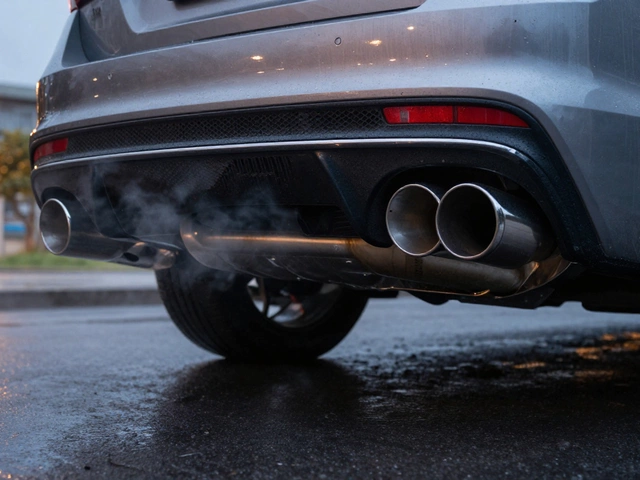Sedan Rear Wiper: Everything You Need to Know
When working with sedan rear wiper, the small wiper mounted on the back of a sedan that clears the rear window. Also known as rear wiper for sedan, it helps keep visibility high in rain, snow, or dust. The rear wiper is part of a vehicle’s overall windshield wiper system and directly influences safe driving in bad weather.
One of the most common questions is what blade fits a particular sedan. A rear wiper blade, the flexible rubber strip that sweeps moisture off the rear glass comes in several lengths, typically 10‑12 inches for compact sedans and 14‑16 inches for larger models. Choosing the right size prevents streaking and reduces wear on the motor. The blade also needs the correct mounting style—most sedans use a “snap‑in” or “U‑clip” attachment, which makes swapping blades a quick DIY task.
Key Parts and How They Work
The wiper motor, the electric motor that powers both front and rear wipers is the heart of the system. It converts electrical energy into the back‑and‑forth motion needed to sweep the blade across the glass. In a sedan, the rear motor is usually smaller than the front one but shares the same voltage and control module. A weak motor will cause slow blade movement, leading to incomplete clearing—especially on wet roads. Regularly listening for unusual noises can alert you to motor wear before it fails completely.
The wiper arm, the metal linkage that holds the blade and transfers motion from the motor connects the motor’s output shaft to the blade. Its length and pivot point are engineered to give the blade a smooth, even sweep across the entire rear window. If the arm bends or the pivot loosens, the blade will miss corners, creating blind spots. Tightening the arm’s mounting bolts and checking for corrosion are simple checks you can do during routine maintenance.
Putting these pieces together, the sedan rear wiper ecosystem follows a clear logic: the rear wiper blade requires the correct size and mounting type; the wiper arm must stay rigid and properly aligned; and the wiper motor supplies the power to move the whole assembly. When any link in this chain falters, the system’s effectiveness drops, and you could be driving with reduced rear visibility. That’s why many owners schedule a quick inspection every few months—especially before the rainy season.
Beyond the hardware, there are a few practical habits that keep the rear wiper humming. First, clean the rear glass with a mild soap solution before the first winter use; residue can gum up the blade and motor. Second, run the wiper for a few seconds after each wash to spread the cleaning fluid evenly and prevent streaks. Third, replace the blade when you notice squeaking or reduced wipe length—most manufacturers recommend a new blade every 12‑18 months, but heavy rain regions may need more frequent swaps.
Now that you understand the main components, how they fit together, and what maintenance steps matter, you’re ready to evaluate your own sedan’s rear wiper. Below you’ll find a curated set of articles that dive deeper into blade sizing guides, motor diagnostics, arm adjustments, and seasonal care tips. Use them to troubleshoot specific issues or simply to keep your rear view crystal clear year-round.

Why Sedans Lack Rear Windshield Wipers - Explained
Explore why most sedans skip rear windshield wipers, covering design, cost, safety alternatives, and when a rear wiper might be worth adding.
CONTINUE READING








